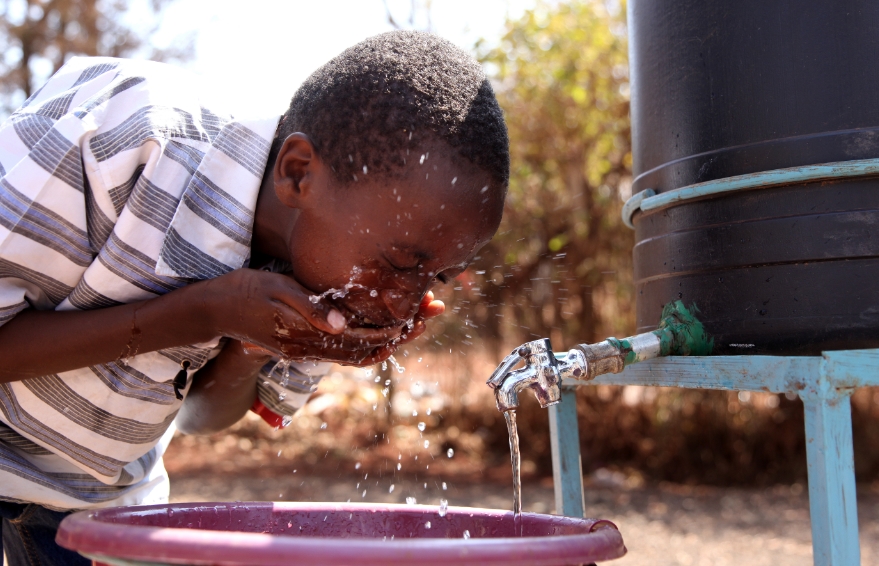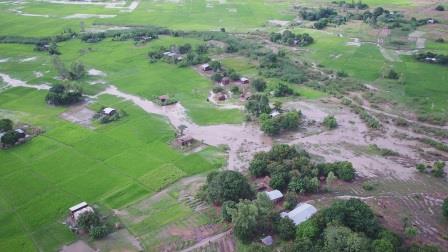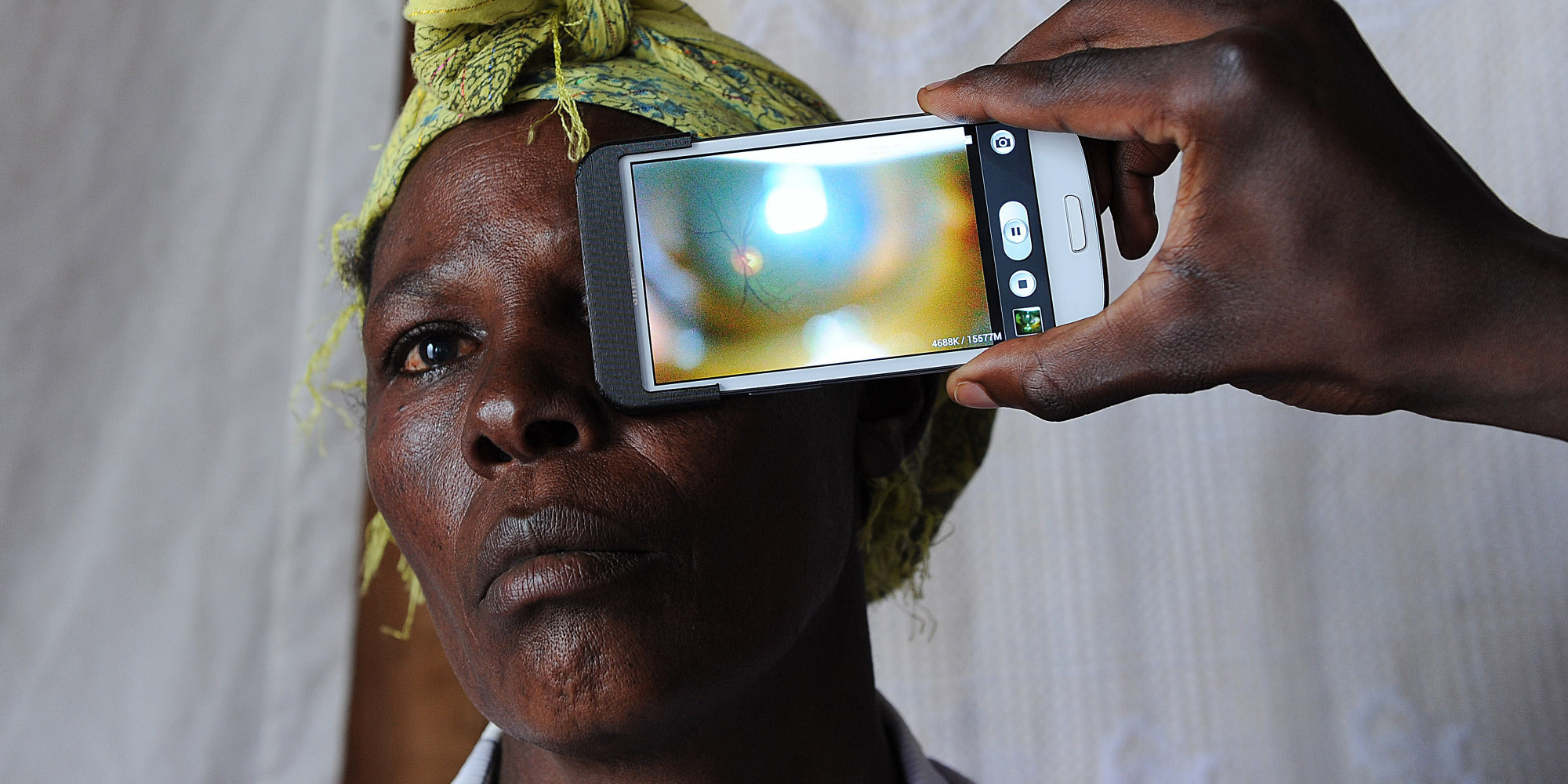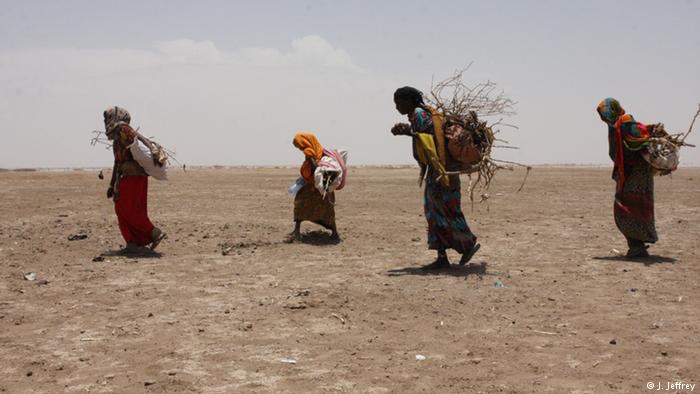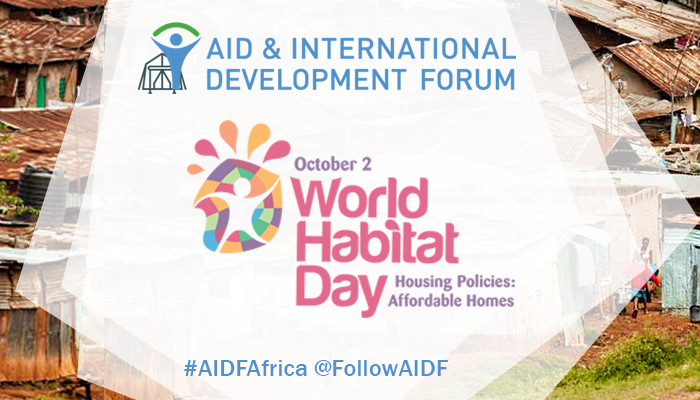News & Updates
08 December 2017
Safe Water, Sanitation Key To Socio-Economic Transformation in Kenya
3.5 million people in Kenya were identified by the Ministry of Water and Irrigation in June 2017 as urgently requiring safe drinking water. Universal access to clean and safe drinking water and basic sanitation systems are key to achieving socio-economic transformation in countries, such as Kenya.
read more01 December 2017
Turning The Tide In The Fight Against HIV/AIDS
The World Health Organisation (WHO) recognises the 1st December as World AIDS Day, a global public health campaign dedicated to raising awareness about AIDS spread by HIV. Approximately 36.7 million people worldwide are living with HIV/AIDS, according to the Joint United Nations Programme on HIV/AIDS (UNAIDS, 2016). Of these, 2.1 million are children.
read more29 November 2017
“WHO” is creating awareness for resistance to antibiotics?
Resistance to antibiotics is a serious threat; every year, at least 700,000 people die worldwide from infections that no longer respond to antibiotics. That toll could rise to 10 million by 2050. Pneumonia and malaria are two of the deadliest diseases in the world, and are becoming resistant to antibiotics.
read more29 November 2017
Interview with Matthias Boyen, UNICEF Malawi
UNICEF has a long history of working in emergencies and humanitarian contexts, both natural and man-made. Originally called the United Nations International Children’s Emergency Fund, the organisation was created to provide humanitarian assistance to children living in a world shattered by the Second World War.
read more08 November 2017
Reaching SDGs through Private Sector Partnerships
Presently, over half of partnerships with the UN involve only one private sector partner. Additionally, 79% of UN partnerships last less than five years. These factors have led to a lack of scalability with partnerships and the inability for scaling up to increase positive impacts.
read more08 November 2017
Interview with Karin Källander, Senior Research Advisor, Malaria Consortium
How is Malaria Consortium involved in humanitarian and development sectors? Malaria Consortium began as a malaria-focused non-profit organisation in 2003 and has grown to implement programmes across sub-Saharan Africa and southeast Asia.
read more08 November 2017
Interview with Niklas Danielsson, Senior Immunisation Specialist, UNICEF
How is UNICEF involved in humanitarian and development sectors? The United Nations Children’s Fund (UNICEF) provides humanitarian and developmental assistance to children and mothers.
read more25 October 2017
Gavi and CDC Group Expanding their Programmes through Partnership and Investment
Gavi, The Vaccine Alliance, is exploring new partnerships to expand their reach in the developing world. The public-private partnership is currently looking towards tech companies in Silicon Valley to aid in increasing equitable access to immunisations in developing countries and to reach their goal of immunising 300 million people by 2020.
read more23 October 2017
Technology Giving Access to Healthcare in Africa
Access to healthcare in African countries differs greatly from region to region; and from urban centres to rural villages. The distance one lives to an urban centre determines the access they have to medical services, and is frequently a barrier. According to the World Economic Forum, it is estimated that Africa holds a quarter of the world’s disease burden yet it is home to only 2% of its doctors.
read more06 October 2017
East Africa Facing a Hunger Crisis
East Africa is facing a monumental hunger crisis with 24 million people affected in Ethiopia, Kenya, Somalia and South Sudan. 15 million children in the region are facing health risks due to ongoing drought and insecurity. Of them, approximately 800,000 are severely malnourished and at risk of starvation.
read more05 October 2017
The United Nations General Assembly 2017
The United Nations General Assembly (UNGA) concluded on 25 September in New York City. Much of the discussion focused on the 2030 Sustainable Development Goals (SDGs). This year’s theme was Focusing on People: Striving for Peace and a Decent Life for All on a Sustainable Planet.
read more02 October 2017
World Habitat Day
October 2nd is World Habitat Day, which is a day to reflect on the basic right of adequate shelter for all. This year’s theme is Housing Policies: Affordable Homes, which is championed by United Cities and Local Governments and the United Nations’ Make the Shift campaign.
read more